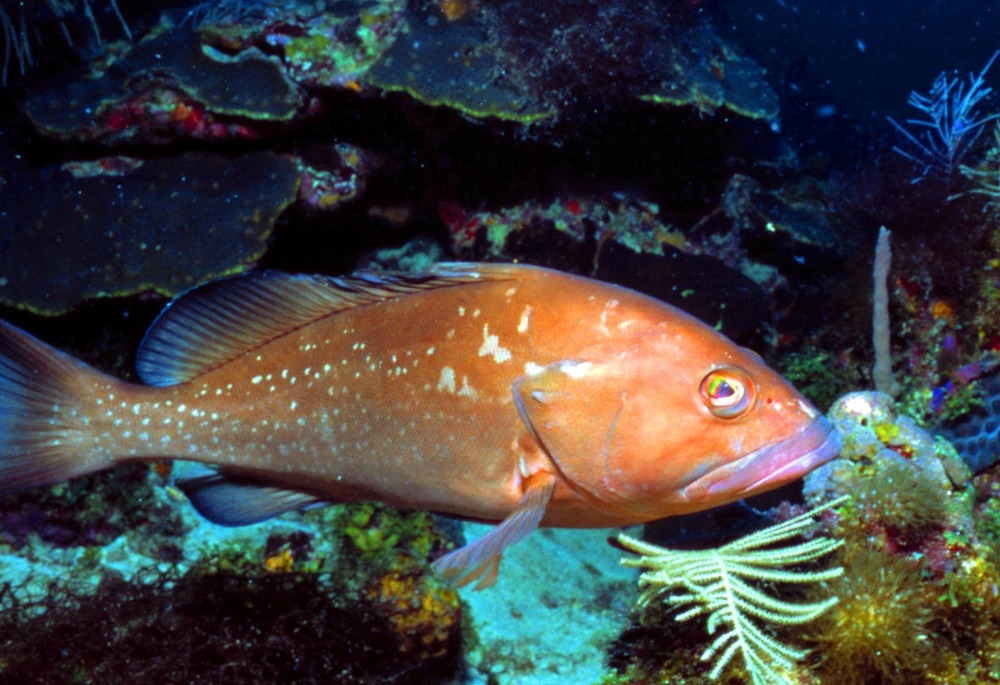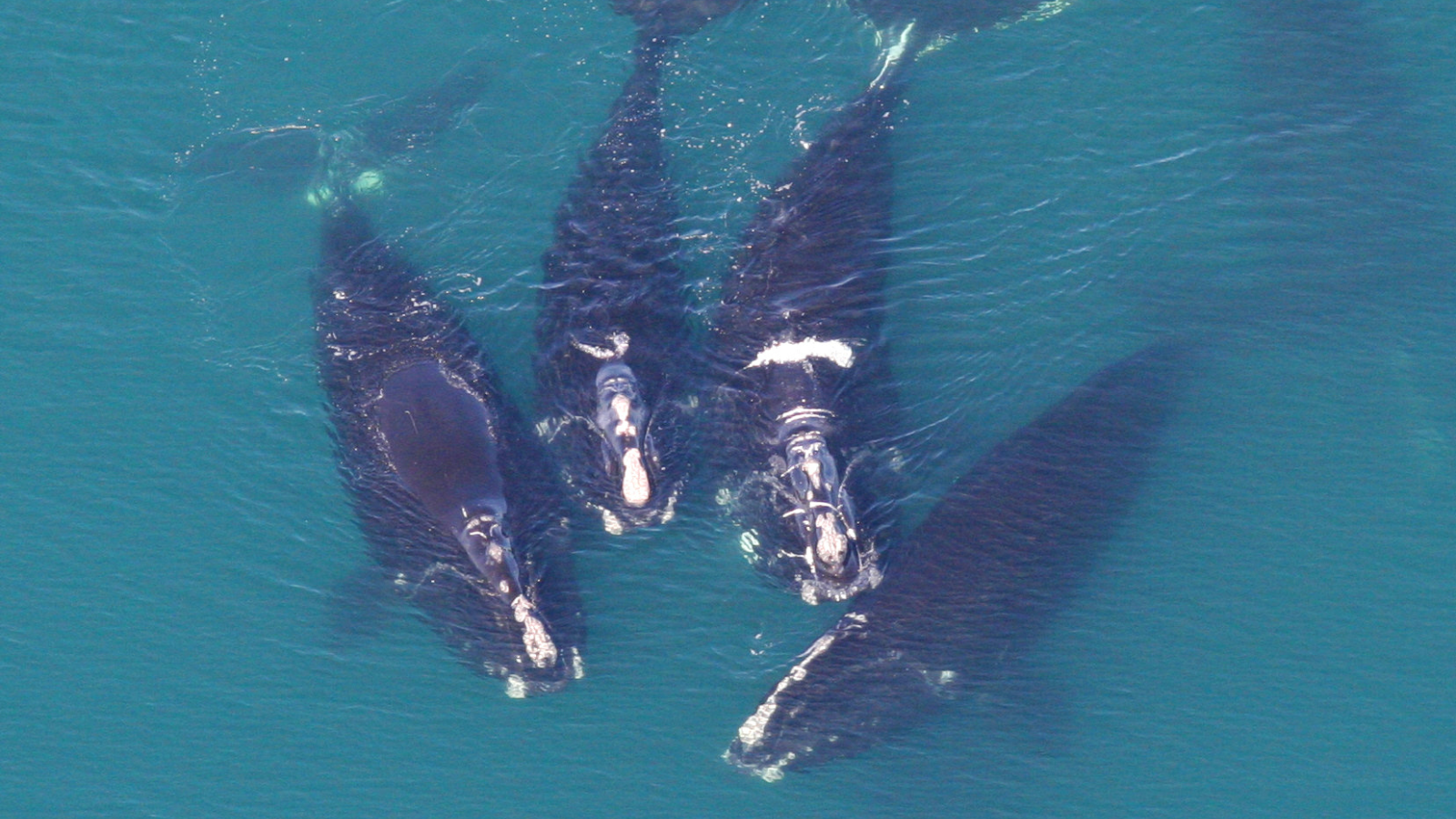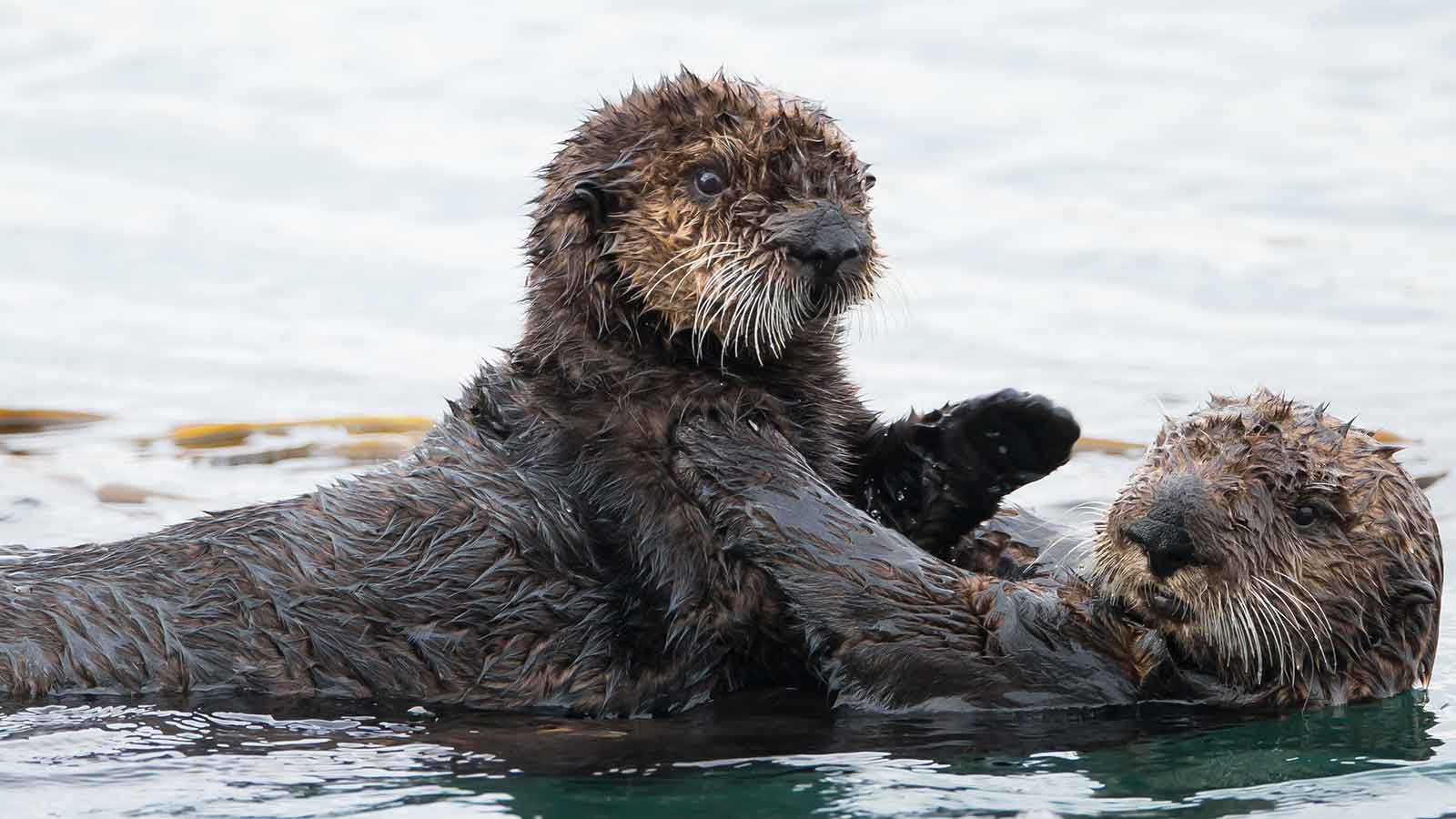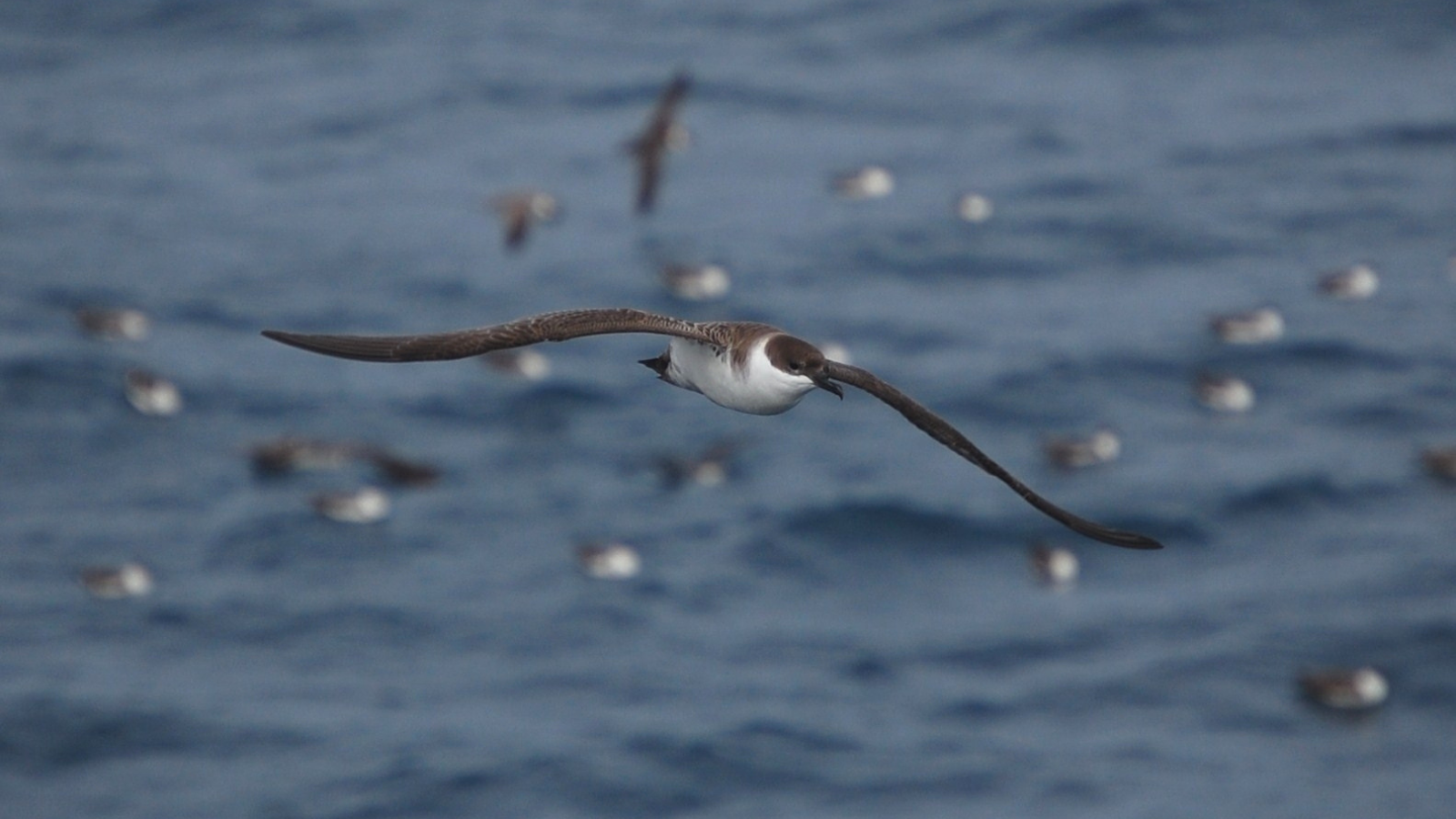
Marine protected areas virtual tour: Dry Tortugas, FL
In 1992, Congress created Dry Tortugas National Park: a multiple-zone, multiple-use marine protected area established “to protect and interpret a pristine subtropical marine ecosystem, including an intact coral reef community.”

This is a guest blog from James Horrox, which originally ran on www.frontiergroup.org. This is the third in a series of blogs about a report, New Life for the Ocean, which we co-authored with Frontier Group.
In 1992, Congress created Dry Tortugas National Park: a multiple-zone, multiple-use marine protected area established “to protect and interpret a pristine subtropical marine ecosystem, including an intact coral reef community.”1 Located in the Gulf of Mexico at the southwestern end of the Florida coral reef ecosystem, about 70 miles west of the Florida Keys, the Dry Tortugas region provides breeding habitat for a vast range of marine species and is a major source of young coral and fish for the surrounding ocean ecosystem.2 In all, the area is thought to be home to more than 700 species of fish, birds, mammals and corals, many of them threatened or endangered.3
Like much of the ocean around South Florida, the Dry Tortugas area has been heavily impacted by human activity. Over the last several decades, overfishing and habitat loss have contributed to a decrease in the size and abundance of reef-associated game fish, including snapper, grouper and grunts.4 Research initiated in 1999 concluded that almost half of all fish species in the park – and more than 70 percent of grouper and snapper species – were over-fished, and more than 60 percent experienced between two and six times the level of mortality recommended in federal targets.5 Recent decades have also seen a severe deterioration of corals, particularly staghorn corals, which have declined by 99 percent since the late 1970s.6
In 2001, after a consultation process involving commercial fishermen, recreational anglers, scientists and others, the Tortugas Ecological Reserve (TER) of the Florida Keys National Marine Sanctuary was established by the National Oceanic and Atmospheric Administration (NOAA) and the state of Florida. Comprising two distinct areas of ocean adjacent to the Dry Tortugas National Park – the Tortugas Ecological Reserve North and the Tortugas Ecological Reserve South – the TER prohibits fishing and anchoring, with the aim of protecting marine life habitat and reef fish spawning grounds, preserving the region’s biodiversity, and allowing the area to evolve undisturbed by human influences.7
In 2007, the establishment of the Research Natural Area (RNA) within the Dry Tortugas National Park closed off a further 46-square-mile area of ocean as a no-take marine reserve to provide a sanctuary for species that have suffered as a result of fishing and habitat loss, and to “restore ecological integrity and capacity for self-renewal by minimizing human disturbance.”8 Protecting shallow water habitats and reef fish species, the RNA complements the two existing no-take reserves of the TER.9 The protection of these areas is intended to “ensure the success of both marine and terrestrial ecosystems while offering outstanding opportunities for scientific research and public education.”10
Within five years of the implementation of the RNA, the ocean within its boundaries was already showing signs of recovery. A study published in 2012 found that species within the protected area were responding positively to protections. Bottom habitat previously damaged by fishing was supporting increased biomass and species diversity, and the number of spawning-sized adult fish within the RNA had increased relative to unprotected areas.11 The number and size of several species, including red grouper, mutton snapper, yellowtail snapper and hogfish, have also increased in the nearby Tortugas North reserve and Dry Tortugas National Park, while in nearby non-protected areas of the Tortugas region they have either decreased or remained constant.12 The protection the RNA provides for these species is thought to have been an important factor in this recovery.13
The marine reserves in the region are also working together as a network to the benefit of the wider ecosystem. For example, researchers have identified a migratory corridor for adult mutton snapper between the RNA and these fishes’ offshore spawning habitat at Riley’s Hump – a reef in the Tortugas South reserve that provides an important spawning area for a variety of reef fish species. Research has found an increase in spawning aggregations (a grouping of a fish gathered together temporarily for the purpose of spawning) of mutton snapper at Riley’s Hump since the establishment of the reserves, and observed a previously unknown migratory behavior where the fish would travel from the RNA to the southern slope of the reef to spawn up to four times in a single spawning season.14 The latter study concluded that the RNA, in conjunction with the neighboring ecological reserves, provides “critical protection of essential reef fish habitat and important fish spawning habitat,” and in the case of mutton snapper, has played a crucial role in the recovery of the spawning aggregations at Riley’s Hump.15
The study of mutton snapper at Riley’s Hump is one example of how the benefits of the RNA are not confined to the protected area itself, but are likely benefiting the surrounding region.16 In another study, spillover benefits to areas outside the RNA were observed for all the various species of snapper and grouper monitored.17 Research modeling the dispersal of fish eggs and larvae indicated that spawning in the Tortugas region is helping to replenish reef fish populations across the waters of south Florida, including in unprotected areas of the Dry Tortugas and Florida Keys reef tract, coastal bays along the West Florida Shelf, and along the state’s east coast north of Miami.18
Image Credit: U.S. National Park Service.
- U.S. National Park Service, Dry Tortugas, History & Culture, accessed 3 January 2021, archived at https://web.archive.org/web/20210112045225/https://www.nps.gov/drto/learn/historyculture/index.htm. Act of Congress: 16 U.S. Code § 410xx–1.Administration, available at https://www.law.cornell.edu/uscode/text/16/410xx-1.↩︎
- David Bryan et al., Natural Resource Condition Assessment: Dry Tortugas National Park. Natural Resource Report NPS/DRTO/NRR—2018/1791, November 2018, archived at https://web.archive.org/web/20200710012452/https://www.researchgate.net/publication/328968138_Natural_resource_condition_assessment_Dry_Tortugas_National_Park_Natural_Resource_Report_NPSDRTONRR-20181791.↩︎
- Ibid.↩︎
- National Oceanic and Atmospheric Administration, National Marine Protected Areas Center, Marine Reserves in the United States, accessed 7 July 2020, archived at https://web.archive.org/web/20200706234010/https://nmsmarineprotectedareas.blob.core.windows.net/marineprotectedareas-prod/media/archive/pdf/helpful-resources/factsheets/reserves-factsheet2014.pdf, 5.↩︎
- U.S. National Park Service, South Florida Natural Resources Center, Science at Dry Tortugas, 1, archived at https://web.archive.org/web/20170713153225/https://www.nps.gov/drto/learn/nature/upload/DRTO%20Science%20012207%20email.pdf. >70 percent of grouper and snapper species: U.S. National Park Service, South Florida Natural Resources Center, Dry Tortugas Research Natural Area Implementation, 2007, National Park Service History e-Library, accessed 7 July 2020, archived at https://web.archive.org/web/20200710013129/http://www.npshistory.com/publications/drto/rna.pdf. See also Jerald Ault et al., “A retrospective (1979-1996) Multispecies Assessment of Coral Reef Fish Stocks in the Florida Keys.” Fishery Bulletin 96(3): 395-414, 1998; S.L. Miller et al., “An Extensive Deep Reef Terrace on the Tortugas Bank, Florida Keys National Marine Sanctuary,” Coral Reefs 20(3): 299-300, doi: 10.1007/s003380100176, 2001.↩︎
- 99% of corals: U.S. National Park Service, Dry Tortugas: What is the Research Natural Area? archived at https://web.archive.org/web/20200710065548/https://www.nps.gov/drto/learn/nature/upload/What%27s%20a%20RNA%20-%20edit%205.pdf, 1. See also U.S. National Park Service, South Florida Natural Resources Center, Science at Dry Tortugas, 1, archived at https://web.archive.org/web/20170713153225/https://www.nps.gov/drto/learn/nature/upload/DRTO%20Science%20012207%20email.pdf.↩︎
- See NOAA, Reef Fish in the Tortugas Ecological Reserve, Florida Keys National Marine Sanctuary (factsheet), October 2011, accessed 31 December 2020, archived at https://nmsfloridakeys.blob.core.windows.net/floridakeys-prod/media/archive/scisummaries/tortugasfish2011.pdf.↩︎
- U.S. National Park Service, South Florida Natural Resources Center, Dry Tortugas Research Natural Area Implementation, 2007, National Park Service History e-Library, accessed 7 July 2020, archived at https://web.archive.org/web/20200710013129/http://www.npshistory.com/publications/drto/rna.pdf, 1.↩︎
- Marine Conservation Institute Atlas of Marine Protection, Dry Tortugas Ecological Reserves, accessed 10 June 2020, archived at https://web.archive.org/web/20200710071325/http://mpatlas.org/mpa/sites/8598/.↩︎
- U.S. National Park Service, Dry Tortugas Research Natural Area (RNA), accessed 10 June 2020, archived at https://web.archive.org/web/20200710071528/https://www.nps.gov/drto/learn/nature/dry-tortugas-natural-research-area-rna.htm.↩︎
- Species diversity: National Oceanic and Atmospheric Administration, National Marine Protected Areas Center, Marine Reserves in the United States, accessed 7 July 2020, archived at https://web.archive.org/web/20200706234010/https://nmsmarineprotectedareas.blob.core.windows.net/marineprotectedareas-prod/media/archive/pdf/helpful-resources/factsheets/reserves-factsheet2014.pdf. Spawning sized adult fish: Summary of 2012 5-Year Report, in National Park Service and Florida Fish and Wildlife Conservation Commission, Assessing the Conservation Efficacy of the Dry Tortugas National Park Research Natural Area, 2015, 3, archived at https://web.archive.org/web/20200701065749/https://www.nps.gov/ever/learn/nature/upload/DRTO-Science-Plan_GPO_print_Feb2016-508.pdf.↩︎
- National Park Service and Florida Fish and Wildlife Conservation Commission, Assessing the Conservation Efficacy of the Dry Tortugas National Park Research Natural Area, 2015, 3, archived at https://web.archive.org/web/20200701065749/https://www.nps.gov/ever/learn/nature/upload/DRTO-Science-Plan_GPO_print_Feb2016-508.pdf.↩︎
- Ibid.↩︎
- Increase in spawning aggregations: Michael L. Burton et al., “Preliminary Evidence of Increased Spawning Aggregations of Mutton Snapper (Lutjanus analis) at Riley’s Hump Two Years after Establishment of the Tortugas South Ecological Reserve,” Fishery Bulletin, 103(2), 404-410, 2005, available at https://spo.nmfs.noaa.gov/sites/default/files/pdf-content/2005/1032/burton.pdf. Previously unknown migratory behavior: U.S. National Park Service, Florida Fish and Wildlife National Park Service Conservation Commission, Implementing the Dry Tortugas National Park Research Natural Area Science Plan: The 5-Year Report, 2012, available at http://dpanther.fiu.edu/sobek/content/FI/13/06/07/03/00001/FI13060703.pdf, vi.↩︎
- U.S. National Park Service, Florida Fish and Wildlife National Park Service Conservation Commission, Implementing the Dry Tortugas National Park Research Natural Area Science Plan: The 5-Year Report, 2012, available at http://dpanther.fiu.edu/sobek/content/FI/13/06/07/03/00001/FI13060703.pdf, iii.↩︎
- Ibid., iv.↩︎
- Ibid., iv.↩︎
- Ibid., v.↩︎
Topics
Authors
Steve Blackledge
Senior Director, Conservation America Campaign, Environment America Research & Policy Center
Started on staff: 1991 B.A., Wartburg College Steve directs Environment America’s efforts to protect our public lands and waters and the species that depend on them. He led our successful campaign to win full and permanent funding for our nation’s best conservation and recreation program, the Land and Water Conservation Fund. He previously oversaw U.S. PIRG’s public health campaigns. Steve lives in Sacramento, California, with his family, where he enjoys biking and exploring Northern California.
Find Out More

A wave of youth ocean activism in Boston

Save the Whales

Can sea otters help with invasive species?

